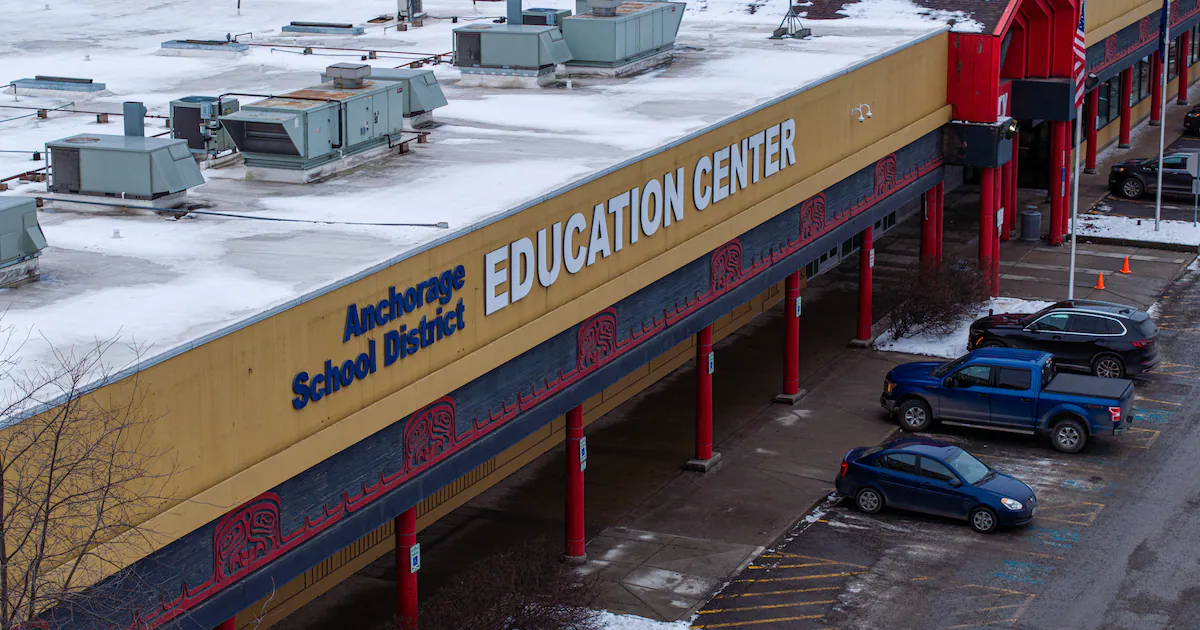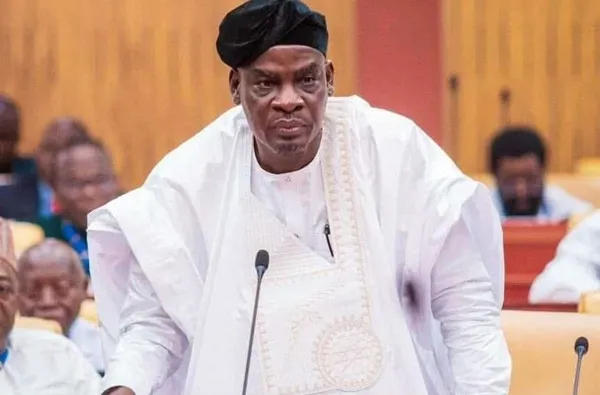Copyright Anchorage Daily News

Contract negotiations between the Anchorage School District and the union representing teachers in the district — the Anchorage Education Association — have stalled and are headed to arbitration. A joint statement released in September said the two sides had reached an impasse, and attempts to mediate differences between the contract proposals were unsuccessful. It marks the first time the district and union have gone to arbitration since 2006. The union’s contract officially ended June 30, but it’s not uncommon for teachers to continue working past their contract’s expiration date while actively negotiating a new deal. The district and union are at odds over teachers’ pay scale and health care benefits. Both sides updated their contract proposals on Oct. 10 ahead of arbitration proceedings. In a statement about the bargaining negotiations on their website, district officials called the update their “last, best offer.” “The District believes its proposed salary and benefits increases are reasonable in keeping up with inflationary pressures and honoring the work of educators while addressing the significant budget challenges ahead,” the statement said. “The District remains committed to negotiating a financially responsible three-year deal that provides value and stability to educators.” The district declined to comment further on the pending arbitration. The union’s updated proposal calls for wage increases of 8% in the first year, 7% in the second year, and 6% in the contract’s final year. The district’s plan calls for 3% wage increases each year over three years. The district’s website shows the union’s proposal at about $17 million higher than the district’s proposal for the contract’s first year, and nearly $95 million higher by the end of June 2028. Last school year, the district allocated more than $361 million for union salaries and benefits. The union’s proposal for health care contributions from the district begins at $2,150 per month per member and increases by $100 each year. The district’s proposal starts at $2,100 and goes up by only $50 each year. Arbitration occurs when two sides bring their dispute to a third party, who then issues a decision. Both sides must agree on an arbitrator. Once an opinion is issued by the arbitrator, both sides must meet to discuss the decision at least once before taking action. Once 90 days have passed since an arbitrator has been chosen, the district can impose a contract on the teachers, or the teachers can take a job action such as a strike. About half of the union’s approximately 3,000 members have resigned in the past four years, according to the Anchorage Education Association. The district has rehired for almost all of the resignations, but some positions remain vacant. Union President Corey Aist said the district’s wages need to be competitive nationally to keep certified teachers from leaving. “The longer this situation continues, the more educators will leave for more competitive urban school districts in the Lower 48 states,” Aist said in an email. “We already face a retention problem. Students, parents and the community end up suffering. Therefore, we need an agreement between AEA and ASD that is competitive and will motivate educators to stay in Anchorage.” Educators say Alaska districts fail to compete with other states that offer defined benefit retirement plans. The state ended its defined benefit retirement plan in 2006 after the program accrued billions in unfunded liability as a result of inaccurate estimates from actuaries. Finance officials have said the Anchorage district faces at least a $75 million deficit this year. State funding for schools had been largely unchanged for nearly a decade before legislators passed — and then overrode Gov. Mike Dunleavy’s veto of — a $700 increase to the Base Student Allocation, the state’s per-student funding formula. Even so, Anchorage educators and administrators argue the funding increase is not enough, and ultimately amounted to a funding cut from the previous year’s one-time $680 increase due to reduced spending power as an impact of inflation. It is unclear if state lawmakers will push for another funding boost for schools in the upcoming legislative session. “Without additional Legislative support, ASD will have to cut staff and programs to balance the budget for next year,” the district’s website said. “These cuts will likely have a disproportionate impact on non-tenured educators hired within the last few years.” The union argues its members are owed more money for their increasing workload. That includes recent upticks in class sizes, student behavior issues, students with special needs and those who need mental health support. Union members have told the Anchorage School Board in recent months that take-home pay for most educators is lower this year due to rising health care premiums without a bump in the district’s contribution. Kevin Brownsberger has taught history at Bettye Davis East Anchorage High School for more than three decades. Speaking to the board Oct. 7, Brownsberger said he made more a decade ago than he does today, and that he can’t afford to retire. “It feels like theft,” Brownsberger said. In testimony to the school board last month, Aist pointed to dozens of vacant positions the district has been unable to fill and the continued migration of Anchorage teachers to Outside districts, and said millions of dollars the district spent recruiting new teachers would have been better allocated toward paying the current ones. Many of those teachers have already resigned, Aist said. “Of the 301 first-year educators hired in ’24–'25, 61 have already resigned. You’ll recall that you invested $30,000 per new hire last year, over $9 million in total. Those 61 resignations alone represent a $2 million loss. That is an abysmal return on investment. Retention is the key to our future,” Aist said. “Only with better compensation can you fill positions. Only with better compensation will you begin to slow the wave of resignations year after year.” Aist says many Anchorage teachers have left for jobs in Washington state, which has a defined benefit retirement plan. The two sides have already tentatively agreed on 21 individual articles of the contract; 11 remain. The remaining unsettled contract disputes include articles addressing retirement accounts, medical and parental leave, a union proposal to fine administrators who violate contract terms, and quarterly meetings between the union president and board numbers.



